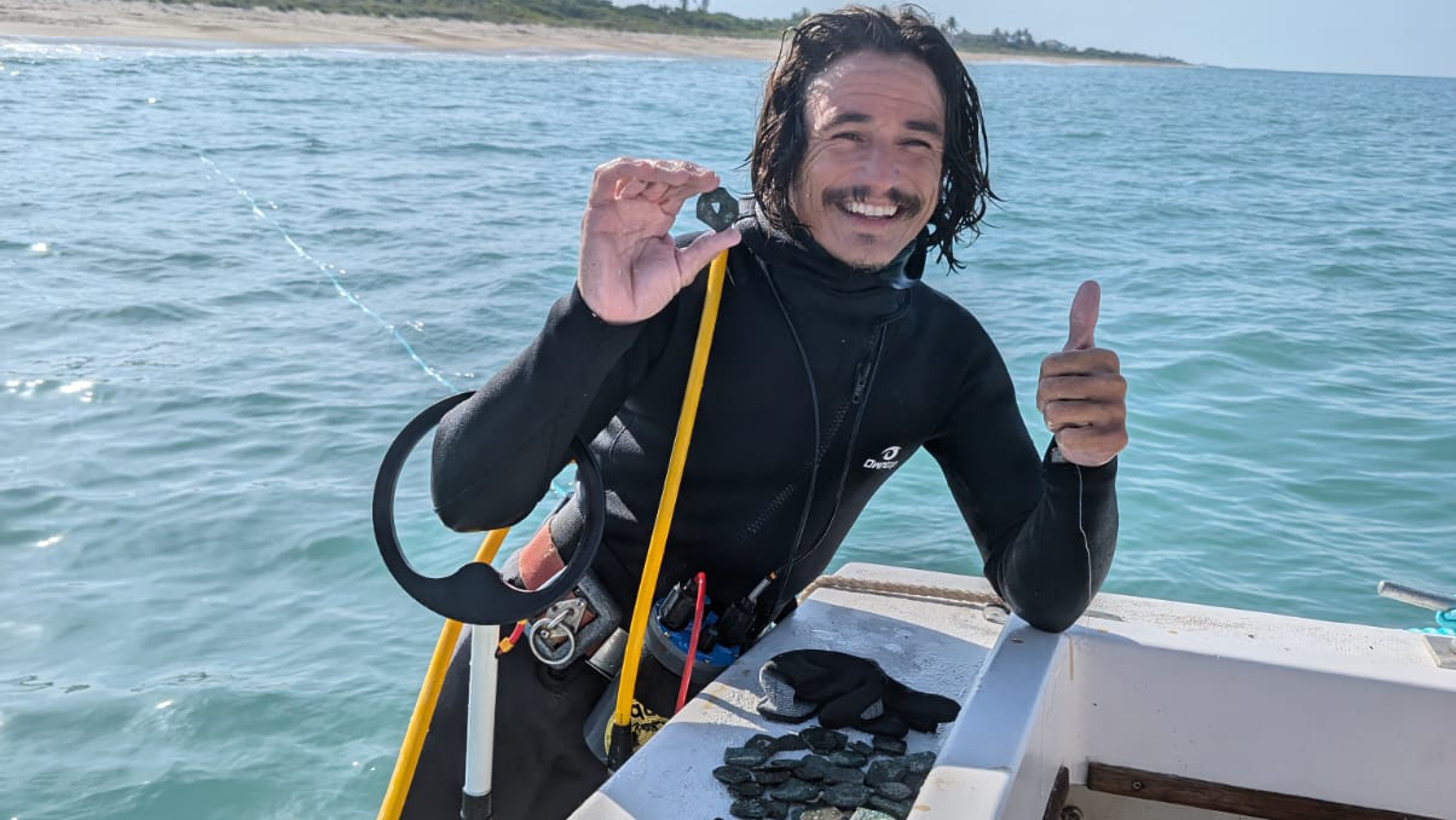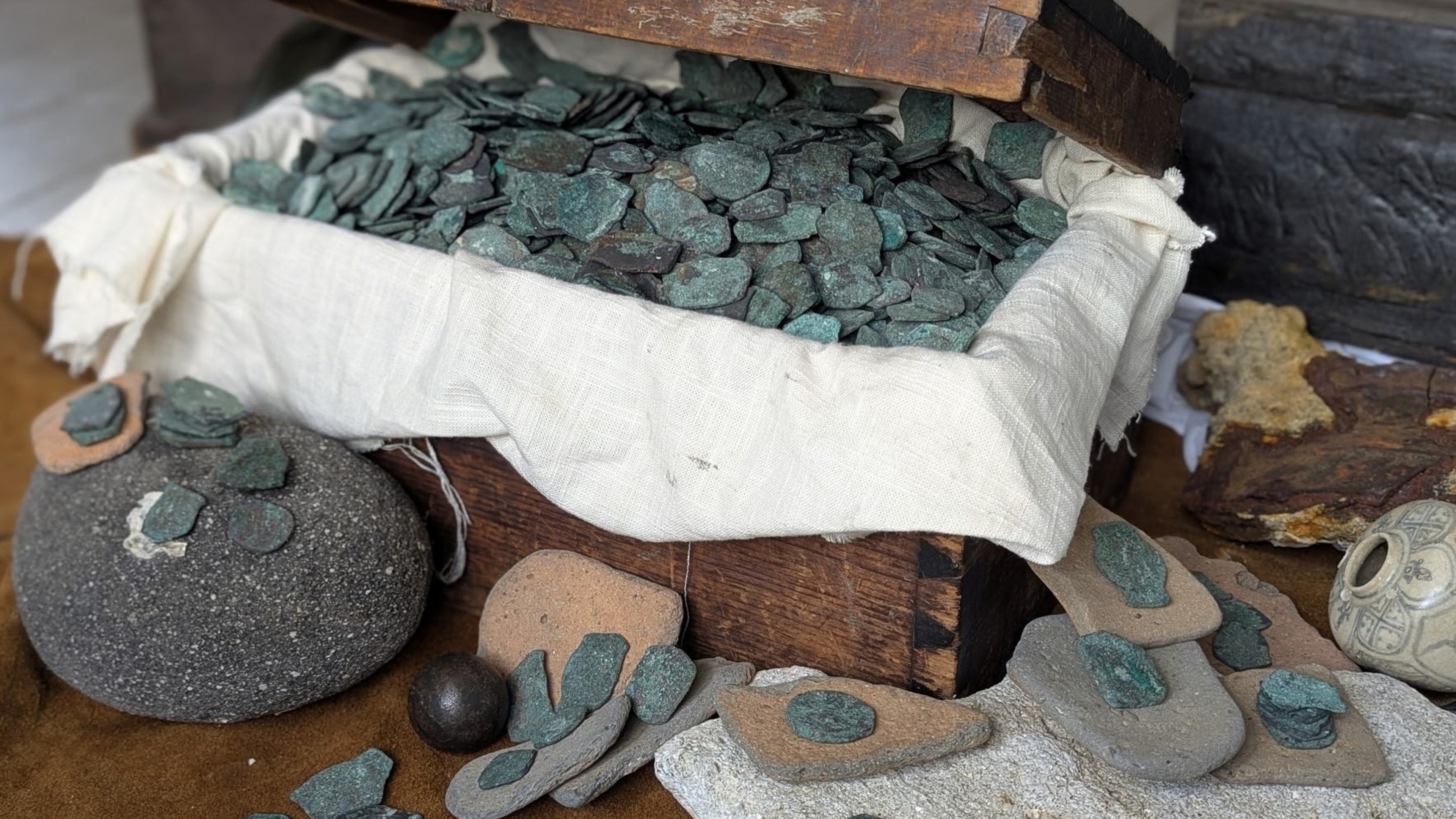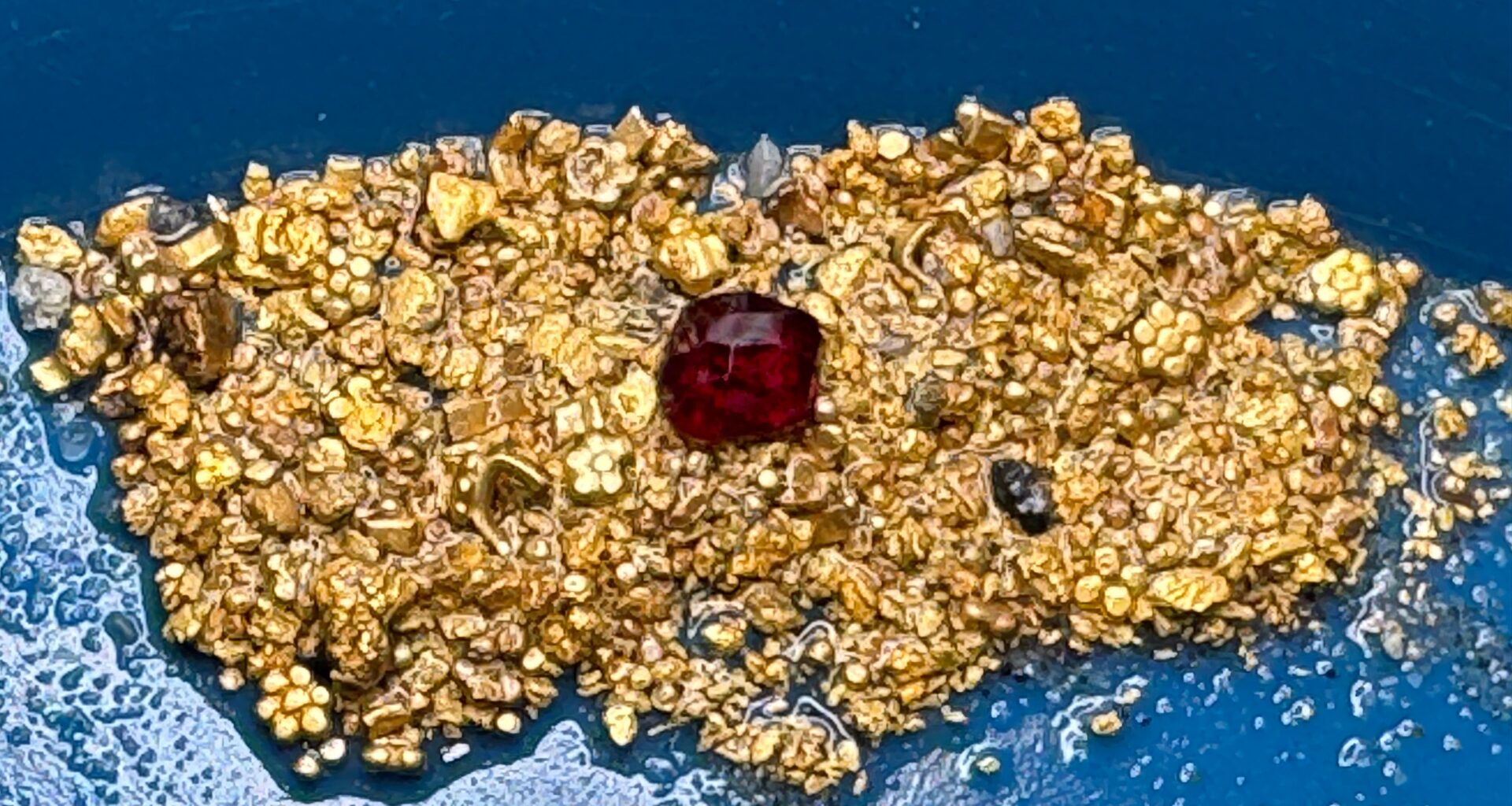Florida Divers Find Million Dollar Treasure
Off the coast of Florida, a team of dedicated divers has uncovered more than $1 million worth of sunken treasure, a haul that spans centuries of history.
Their find, part of the legendary 1715 Spanish treasure fleet, highlights the intersection of antiquity, oceanography and a little bit of weather luck.
The story behind Florida’s Treasure Coast dates back to July 31, 1715, when a fleet of Spanish galleons loaded with treasure from the New World ran into a violent hurricane in the Atlantic. Most of the ships were driven ashore and destroyed, scattering their riches off the coast of modern-day Indian River, Martin and St. Lucie counties.
Weather in your inbox
By signing up you agree to the Terms & Privacy Policy. Unsubscribe at any time.
Professional historic shipwreck salvager Michael Perna and his team, who operate under a legal lease with Queens Jewels LLC, now chase those remnants, following what he calls “breadcrumbs” across the seabed.
During a routine dive during the summer season, everything changed.

Divers off Florida’s Treasure Coast discovered more than 1,000 silver coins sunk by a hurricane in 1715.
(Queens Jewels, LLC)
“The wind was blowing a little bit and they were having trouble with their bow anchor holding,” Perna said. So the team decided to work in the spot they had been dragged to.
What happened next made history, as the diver “started finding a couple silver coins, which led to many more silver coins, which led to the final coin count being up over a thousand silver coins,” Perna recalled.
(MORE: Artifacts Recovered From Titanic Sister Ship)
The find includes pieces of eight, the famous currency of Spanish colonial trade. “They’re very impressive in their weight, and so when you amass a pile of them and you have those in your hand, you’re like, I’m doing something here,” Perna said.

Pieces of eight were large silver coins used as global currency during the Spanish colonial era. The ones unearthed as part of this find bear markings from Mexico City.
(Queens Jewels, LLC)
“We were fortunate enough to find several gold coins as well,” he added. “Even in murky water, when you first pull that gold coin or piece of gold up out of the sand and you look at it for the first time, there’s just that flash initially that embeds itself in your memory.”
The success of this find felt even more monumental after years of hardship. “They don’t see the days and months and years of just agonizing, grueling work that we actually spend out there to scour the ocean floor,” Perna said. “Every time we find one, it’s a parade for sure because it’s such a rare thing to do.”
(MORE: SS United States Becomes World’s Largest Artificial Reef)
Weather continues to play a central role for these divers. “What may have taken that material to scatter in a raging hurricane five minutes has now taken us almost six years to follow,” he said, explaining that strong winds, rough surf, and low visibility can turn a day of treasure hunting into a dangerous endeavor.
Beyond the thrill of discovery, each coin and artifact is a tangible link to history. Many of the coins in this newly discovered batch hail from Mexico City, dating back to 1714. The team is now hard at work, meticulously cleaning and recording each one.
“We’re forever learning and, because we’re kind of out there making history, we make little discoveries that are things that people didn’t know before,” Perna said. “It kind of paints a picture of what happened to the shipwreck after it sank. And so we often say that we’re kind of making a treasure map in reverse.”
For Perna and team, treasure hunting is more than a hobby; it’s a profession built on patience, skill, and respect for history. They hope their discoveries inspire others to explore and preserve the rich maritime heritage of the Treasure Coast, one coin at a time.
Weather.com lead editor Jenn Jordan explores how weather and climate weave through our daily lives, shape our routines and leave lasting impacts on our communities.


